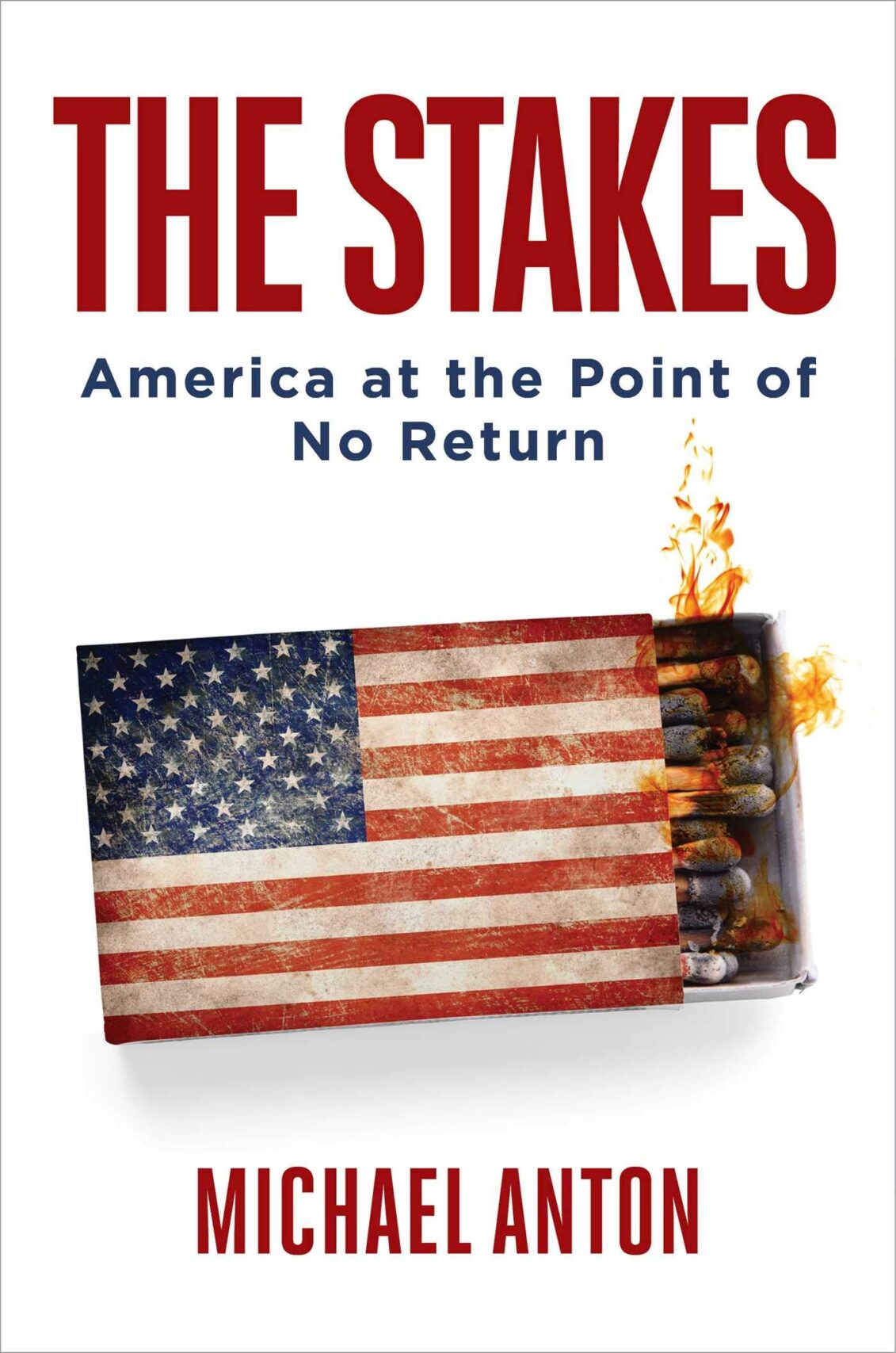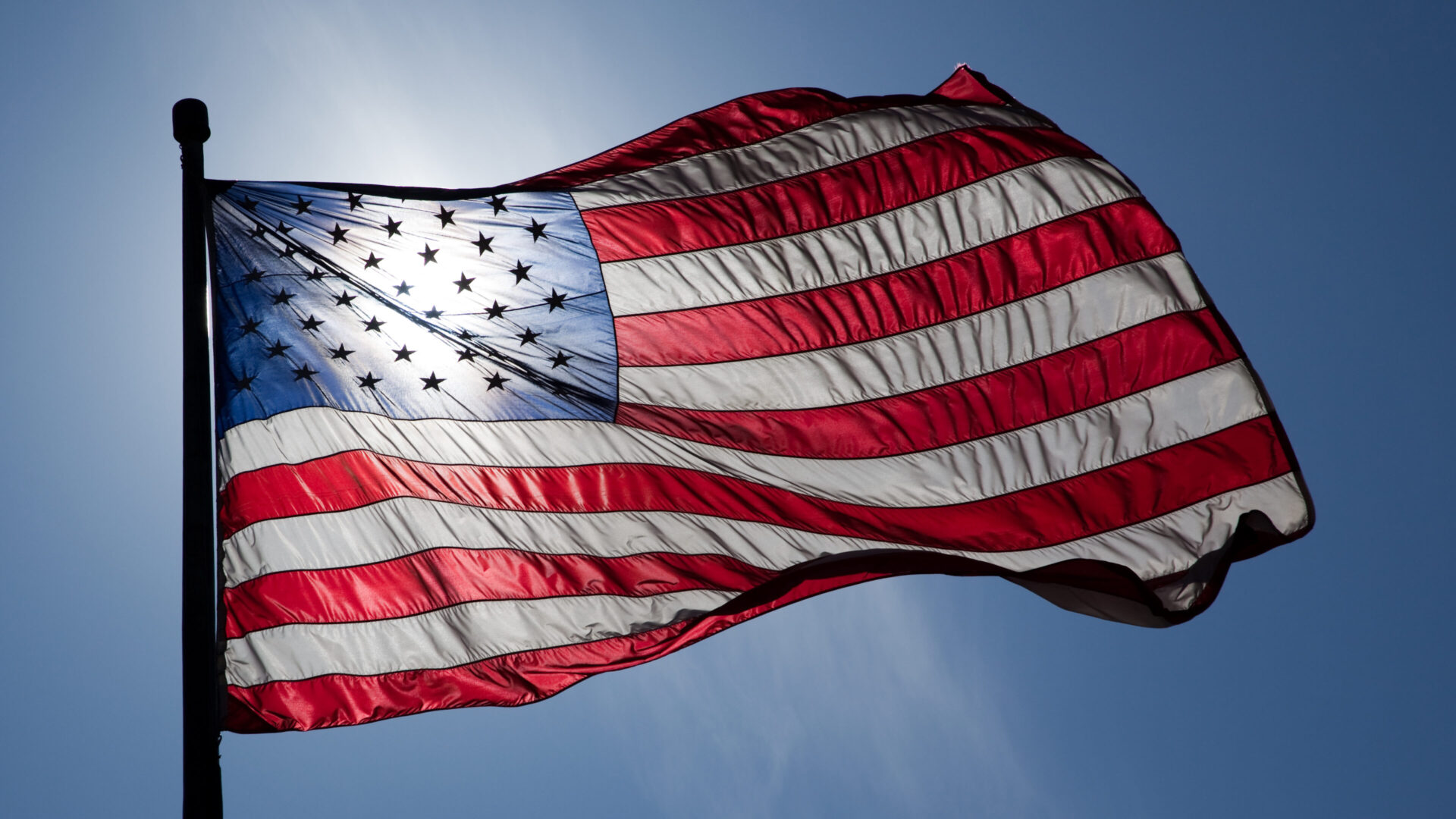As Americans and the world await the outcome of the unfolding elections crisis, I continue to grow more despondent about the glaring absence of any meaningful conversation about the political divide in the country and, what’s worse, the hijacking of the required imagination that allows people to look beyond party affiliation or prejudice. Cultural critics and historians who should have the ability to theorize the advent of Trump beyond the barrage of denunciations thrown at him have simply added their voices to this chorus, leaving one wondering whether they are playing it safe in this charged political climate or expressing their genuine feelings about a president that has unsettled them deeply. In either case, it is our responsibility to keep our distance from the dominant emotions, even from pre-digested convictions, to take a look at what the Trumpian movement means for the future of America.
We need to start with the basics. What do the main political parties, Democrat and Republican, stand for right now? Anyone who has read the Biden agenda, obviously pieced together from the various wings of the Democratic Party, cannot help but be impressed and optimistic if the long list of reforms, from healthcare to education and the environment, were to be implemented in full. It is by no means a socialist program (as the Democrats’ critics never cease to repeat to frighten a gullible electorate), but simply needed corrections to restore hope and opportunity to regular Americans who are more battered than their European counterparts. But since the Democrats are not calling for an outright socialist regime, their vision for the country turns out to be an exercise in false consciousness. Besides insignificant tax burdens on the well-to-do, the levers of corporate power that have exacerbated social divisions remain intact, while the principles that gave birth to the nation, such as freedom of speech, risk being nullified by the ideological propagandists for the new capitalist economy. Moreover, what is being contested is the very idea of America itself.
One of the books that makes this absolutely clear is Michael Anton’s The Stakes: America at the Point of No Return, published before the recent presidential elections. I have yet to find a book that better explains Trumpian patriotism and why New Republicans like Congressman Matt Gaetz or economic nationalists like Steve Bannon are justified in opposing the Democrats.

A long-term Californian, Anton, who worked as a national security official in the Trump administration, wastes no time in warning us that if California is the liberal Eden Democrats across the nation dream of, then we need to brace ourselves for worsening social conditions in the future. In the land that once housed “the greatest middle-class paradise in the history” of humanity, “a left-liberal one-party state is now presiding over the most economically and socially divided in the country.” Middle-class homes go for $800 per square foot and the median home price (statewide) is more than $600,000, while the fifty-mile-wide densely populated coastal corridor (less than 15% of the state) is now practically beyond the wildest dream of the hardest-working middle-class worker. Silicon Valley and San Francisco account for the most and third most expensive markets in the United States. (Manhattan is second.) Not only that, but a quarter of all homes are unfinanced, sometimes purchased sight unseen by wealthy foreigners. Even well-paid middle managers have no chance in this cutthroat market.
The entire state seems to be divided into a long, coastal metropolis (home to the rich and famous) and the hinterland, the abode of middle-class workers who are condemned to waste long hours in traffic and spend more on gas and taxes than their fellow Americans in other parts of the country. With such tax burdens on the already besieged middle-class, California doesn’t mind spending generously to house “a quarter of the nation’s entire ‘homeless’ population” and “well over one hundred billion dollars per year—the highest in the nation by far—on welfare and other forms of means-tested public assistance.” Immigrants, whether legal or illegal, benefit from such largesse, too, since all of California is now a “sanctuary state.” And yet, despite its fabulous riches, the Golden State has “the highest poverty rate in the nation” and “by some metrics, the highest income gap” as well (it’s always in the top five anyway). While ultra-rich residents are given all kinds of breaks, so many regular people are fleeing the state that it may lose a congressional seat.
The question that Anton poses is: If the entire country turns into California, where would outcast Americans flee to?
This brings us to the issue of immigration, which is not an easy subject, by any means. Like most non-native Americans, Anton is the son of Mediterranean immigrants, but that doesn’t prevent him from questioning permissive policies that threaten the lives of middle- and working-class Americans today and the core identity of the nation. At least 59 million people settled in America since the landmark 1965 immigration bill opened the gates to non-Europeans. (The number rises to 90 million if we include their children.) If we add these numbers to the approximately 42 million people who came in through what Anton calls “The Ellis Island Wave” after 1880, almost doubling the population, we can easily behold a country that has gone through tectonic demographic transformations in the span of a century and a half, with enormous consequences to the republic entrusted to us by the founders in the 18th century. (At that time, less than 3 million people inhabited 800,000 square miles of territory.) To me, this is not an argument against immigration, but a reasonable question about its possibilities and limits.
We have grown accustomed to hearing that immigrants take jobs that Americans simply won’t do, but Anton argues that that is an incomplete explanation because it leaves out the rest of the sentence, which is “at the low wages corporations and other businesses want to pay, which poor immigrants will accept eagerly.” By seeking more immigrants, businesses “privatize profits” and “socialize costs”—meaning, they expand the “domestic consumer market” to sell their products and control labor costs at the same time. Even more interestingly, since new immigrants “vote overwhelmingly for left-of-center and/or outright leftist parties,” the Democratic Party (which includes most people in “tech companies, finance firms, and Fortune 500 C-suites” as well as almost all bureaucrats in the administrative state who all benefit from business-friendly policies aimed at immigrants but punishing the traditional middle class) are now the party of the new capitalism. If such trends continue, the future looks even worse for the Republicans in the mainland or flyover country, and the two-party system may very well be on its way out unless a new realignment emerges.
It is in this context that we can better appreciate the rise of Trump and conservative, patriotic populism. As I have written in my review of French geographer Christophe Guilluy’s Twilight of the Elites, the “deplorables” are America’s version of British Brexiteers and France’s Yellow Vests. It’s a revolt against a neoliberal ideology that values the global and denigrates the local. As the war on the traditional middle class intensifies, with the rise of the “gig economy” and the importation of cheap immigrant labor, social inequalities grow wider, offset by token remedies that do not affect the oligarchs’ ever-growing wealth. (The “highest Gini coefficients are all in deep-blue America.”)
In Anton’s view, the neoliberal order has produced a “dark age of white noise,” a culture of growing and troubling incompetence and cheap cultural production while addicting citizens to the endless use of gadgets. The great inventions of the previous century, including building highways, subways, and planes are left to degrade, while the proliferation of cellphones, computers, and the Internet is taken for true innovation. Unless the United States redomiciles “key industries and supply chains” to revive its manufacturing, the future doesn’t look good. A country that “makes too little and imports too much” is condemned to be weak in the long run.
Even darker still is the rise of a new Orwellian and authoritarian order of mass social surveillance that tells people what to think and uses privately-owned social media platforms to disseminate and cancel expression, while bypassing the strictures of the First Amendment that doesn’t cover the private sector. Speaking against this new ideology can be severely punished. Unable to resist it, traditional American conservatives have basically surrendered, hiding behind a sort of “conservative Hegelianism” that takes the notion of progress for granted and assumes that there is no problem that “another symposium, half-day conference, white paper, or at most a book can’t solve.”
Anton imagines a country in which workers are increasingly excluded from “deep-blue metros” and ending up in “red-state banlieues.” This doesn’t make for peaceful coexistence or an optimal climate for bridging differences. On the contrary, given the potential for violence in a heavily armed society, the author imagines a future where “Caesarism” (a form of rule “between monarchy and tyranny”) as a solution to the growing divide between blue and red communities. Actually, this would be one of the better outcomes since most of the golden age of the Roman Empire took place under caesars. Perhaps, then, only a Caesar could stem the unchecked powers of the “economic oligarchy” that hijacked the promise of the American Revolution and is now feeding its subjects a gluttonous diet of “bread and circuses” and never-ending cocktails of drugs and sedatives to keep the populace in check.
If we are not going to end up in this anti-American configuration, then Trumpism, despite whatever misgivings Republicans and conservatives may have about Donald Trump, and despite the resistance he gets from the establishment media and the “deep state,” is the most expedient way to jumpstart the opposition to neoliberal tyranny and build the foundations of a new conservative movement. For the time being, America needs more populism, nationalism, and patriotism to get moving in this direction. A “Trumpist political party” will have to defend the interests of the people, the middle class, and blue-collar workers.
In terms of policy, Anton suggests, among other undertakings, transparent prices in private health care for routine medical visits combined with a “nationwide public plan that covers major injuries and diseases”; a narrower definition of national interests abroad; a strong military accompanied by restraint; a moratorium on new immigration until Americans reach full, well-paid employment as well as an end to birthright and dual citizenships (these policies might contribute to higher fertility rates among American citizens); improving infrastructure and ensuring that Americans travel in dignity; reforming the civil service to hire only well-trained competent candidates; treating all citizens equally, and if restorative justice is necessary, it should apply only to members of Indian tribes and descendants of American slaves; rapprochement with Russia while confronting China and Mexico’s drug cartels; and finding wealthy business people to invest in cultural and educational institutions that reflect the interests of the people, not the whims of the rich liberal oligarchy.
This, then, is the vision implied in Trump’s “Make American Great Again” or “America First” slogans. There is nothing radical about expecting people to love their country. On the contrary, Gouverneur Morris, the founder who played a major role in writing the Constitution, had no confidence in the so-called globalists who don’t care about their nation. “As to those philosophical gentlemen, those citizens of the world as they call themselves,” he said, “I do not wish to see any of them in our public councils. I would not trust them. The men who can shake off their attachments to their own country can never love any other.”
What I wrote above doesn’t do justice to Anton’s grand style and passion, but I hope it provides a sense of what’s behind the red sea of resistance to the Democrats. This doesn’t mean Anton or Trumpian populists are right—not at all. My point here is to insist that people pay attention to the ideas behind movements, not conveniently avoid them by fixating on the character, behavior, or style of one person. Trump may have given a political chance to this populist, patriotic movement, but he is certainly not its theoretician. Like Moses, Trump parted the cozy bipartisan waters of American politics to make room for people who have been despised by the masters of the global economy and allowed them to reclaim their voices and renew their hope in their promised land. Aside from the theatrics on which the entertainment culture thrives, Anton’s manifesto is what we should be discussing—approvingly, critically, or both at the same time. Not doing so will only impoverish our political discourse further and lead us perilously down the path of more discord and despair.





I see in your review of Anton’s work a valiant effort to find ideas in a movement devoid of a coherent ideology. Rather, the movement’s implicit ideas arise from the insights of a skilled demagogue into the anger and alienation felt by many Americans. Global neoliberalism has, indeed, failed to provide a secure and satisfying life for too many Americans, and Trump’s America First agenda, with its domestic and foreign policy implications, may have embedded within it some ideas that, when modified by a more humane and worker-oriented perspective, can improve the lot of a greater number of citizens.
It is clear from your summary that much of Anton’s critique of the neoliberal regime is on target, though the value of the liberal reforms proposed by the Democratic platform deserve better than dismissal as false consciousness. Nevertheless, the issues raised by Anton and the concerns of voters who have supported Trump do deserve to be thought through in a more dispassionate way than has been true so far, and that is what may be Anton’s greatest contribution.
So, accepting for the moment Anton’s critique, the solutions that he proposes, as you have quickly summarized them, deserve further consideration. The problem as I see it is that not only is Trump himself a flawed messenger (to put it very mildly), but the Republican Party, which has shown itself to be fatally corrupt, will be unable to carry forward whatever meritorious ideas may be contained within the populist conservative agenda. We can rest assured that such a party will drain any merit from those ideas and turn them to the benefit of the oligarchs that support it. This is a party that has shown itself to have only one objective: power.
Whatever good may come from the Trumpian maelstrom will have to be carried forward by populists on the left. Its ideas will have to be untangled from the contempt for democracy in today’s Republican Party and the hateful and racist strains in the populist conservative movement. The Democratic Party could be the vehicle for this left populism, but it would have to transform itself significantly, retaining its dedication to the principle of equality for all while moving from a simplistic focus on identity politics to more of a focus on the economic, political and institutional change needed to make that ideal of equality more of a reality for the vast majority of Americans.
All of that said, the real question we have to ask ourselves is whether ideas can really make a difference in our society. Can theory and dispassionate discussion really work for us, or have we gone too far into the abyss in which we are ruled by passions and demagogic manipulation? That question may be answered during the next four years.